Home>Garden Essentials>How To Plant Radish Seeds
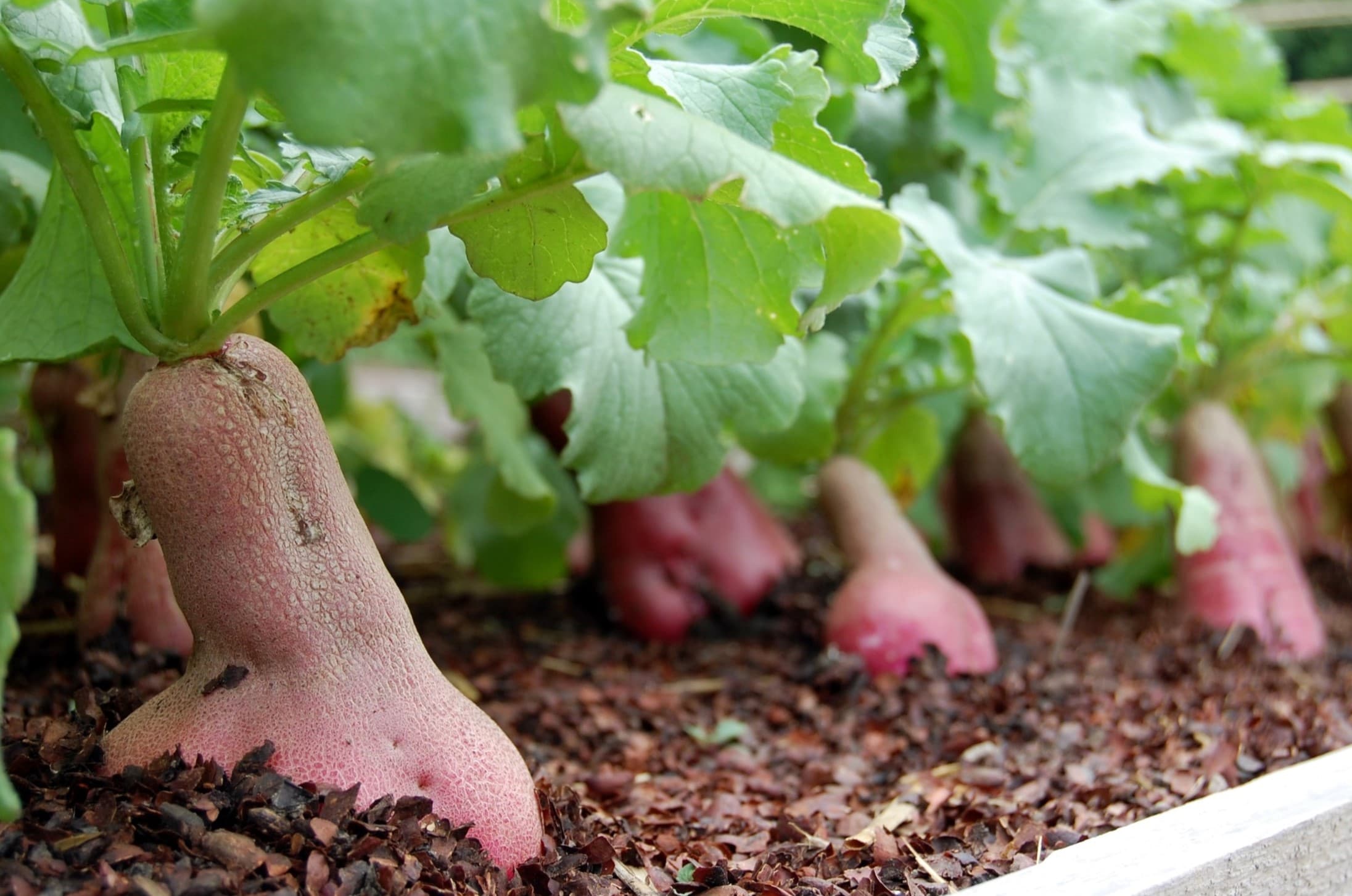

Garden Essentials
How To Plant Radish Seeds
Modified: March 16, 2024
Learn how to plant radish seeds in your garden and enjoy fresh, homegrown radishes. Simple steps for successful planting and growing.
(Many of the links in this article redirect to a specific reviewed product. Your purchase of these products through affiliate links helps to generate commission for Storables.com, at no extra cost. Learn more)
Introduction
Gardening enthusiasts are always looking for new and exciting plants to grow in their gardens. If you’re in search of a fast-growing, easy-to-care-for vegetable, look no further than radishes. Radishes are not only delicious and nutritious, but they also add a pop of color to any garden. Whether you have limited space or are a beginner gardener, radishes are the perfect addition to your garden.
In this article, we’ll explore the process of planting radish seeds, from choosing the right seeds to harvesting the mature radishes. You’ll learn valuable tips and techniques to ensure a successful radish growing experience, even if you’re a novice gardener.
So, roll up your sleeves, grab your gardening gloves, and let’s dive into the world of planting radish seeds!
Key Takeaways:
- Radishes are a colorful, fast-growing addition to any garden. Choose the right seeds, prepare the soil, and provide proper care for a successful harvest.
- Keep an eye out for common issues like slow germination and bolting. With the right techniques, you can troubleshoot and enjoy a bountiful radish harvest.
Read more: How Deep Do You Plant Radish Seeds
Choosing the Right Radish Seeds
When it comes to selecting the perfect radish seeds for your garden, there are a few factors to consider. Radishes come in various shapes, sizes, and colors, each with its own unique flavor and characteristics. Here are some key points to keep in mind when choosing radish seeds:
- Variety: Radishes come in different varieties, such as Cherry Belle, French Breakfast, and Watermelon. Research the various types and choose one that suits your taste preferences and growing conditions.
- Growing season: Radishes can be categorized as either spring or fall varieties, depending on their optimal growing season. Consider your local climate and choose a variety that will thrive during that time of year.
- Maturity time: Radishes have varying maturity times, ranging from 20 to 60 days. If you’re looking for a quick harvest, opt for early-maturing varieties.
- Size and shape: Radishes can be round, oblong, or cylindrical. Consider the size and shape you prefer, keeping in mind that smaller radishes tend to be milder in flavor.
- Color: Radishes come in a range of colors, including red, pink, white, and black. Select a color that appeals to you, as it will add visual interest to your garden.
When purchasing radish seeds, ensure they are of high quality and from a reputable supplier. Look for seeds that are fresh, well-packaged, and labeled with the variety name and planting instructions. Consider buying organic or heirloom seeds for a more sustainable and diverse garden.
By carefully selecting the right radish seeds, you’ll set yourself up for a successful and enjoyable gardening experience. The next step is preparing the soil for planting!
Preparing the Soil
Before planting your radish seeds, it’s crucial to prepare the soil to create an environment that is conducive to healthy growth and development. Here are some steps to follow when preparing the soil:
- Clear the area: Start by clearing the planting area of any weeds, debris, or rocks. It’s important to provide your radishes with a clean and weed-free space to grow.
- Loosen the soil: Use a garden fork or a tiller to loosen the soil to a depth of about 8 to 10 inches. This will improve drainage, aeration, and root penetration.
- Remove large clumps: Break up any large clumps of soil and remove any rocks or roots that may obstruct the growth of your radishes.
- Amend the soil: Radishes prefer well-draining soil rich in organic matter. Incorporate compost or well-rotted manure into the soil to improve its fertility and texture. Aim for a pH level between 6.0 and 7.0.
- Level the soil: Smooth out the soil surface to create an even planting bed. This will help with watering and prevent excess water runoff.
By taking the time to properly prepare your soil, you’ll provide your radishes with the ideal growing conditions. Once the soil is ready, it’s time to sow the radish seeds.
Planting Radish Seeds
Now that you have chosen the right radish seeds and prepared the soil, it’s time to plant the seeds. Follow these steps to ensure successful seed germination and healthy growth:
- Sowing depth: Radish seeds should be planted at a depth of about half an inch to one inch. Make shallow furrows in the soil using a garden hoe or your finger.
- Spacing: Space the seeds approximately one to two inches apart. This will give the radishes enough room to grow without overcrowding, allowing for proper air circulation and nutrient uptake.
- Covering the seeds: Gently cover the seeds with soil, ensuring that they are evenly dispersed and not clustered together. Lightly press the soil down to ensure good seed-to-soil contact.
- Watering: After planting, give the soil a thorough watering. This will help settle the soil, initiate seed germination, and provide the necessary moisture for the growing seeds.
- Mulching: Consider adding a layer of organic mulch, such as straw or compost, to help conserve moisture, suppress weed growth, and regulate soil temperature.
It’s important to note that radishes are cool-season crops and prefer temperatures between 50°F and 70°F (10°C and 21°C). Planting radish seeds in early spring or late summer to early fall will provide the ideal growing conditions.
Now that your radish seeds are in the ground, it’s time to provide them with regular care and attention to ensure optimal growth and development.
Watering and Fertilizing
Proper watering and fertilization are essential for the healthy growth of radishes. Here are some guidelines to follow:
Watering:
Radishes have shallow roots, so it’s important to keep the soil consistently moist. Here are some tips for watering your radishes:
- Watering frequency: Radishes require regular watering, especially during dry periods. Aim to provide about one inch of water per week, either through rainfall or irrigation.
- Watering method: Use a gentle watering technique, such as a soaker hose or drip irrigation, to deliver water directly to the soil and roots. Avoid overhead watering, as it can lead to leaf diseases.
- Moisture monitoring: Check the moisture level of the soil regularly by inserting your finger into the soil. If it feels dry, it’s time to water.
Fertilizing:
Radishes are relatively low-maintenance plants, but they still benefit from proper fertilization. Here are some tips for fertilizing your radishes:
- Soil testing: Conduct a soil test to assess the nutrient levels in your soil. This will help you determine if any specific nutrients are lacking.
- Organic matter: Before planting, incorporate compost or well-rotted manure into the soil to provide a slow-release source of nutrients.
- Nitrogen balance: Radishes require a balanced supply of nutrients, but too much nitrogen can result in excessive leaf growth and small root development. Avoid high-nitrogen fertilizers.
- Side dressing: If your soil is deficient in nutrients, you can apply a balanced fertilizer, such as a 10-10-10 formula, as a side dressing around the plants. Follow the manufacturer’s instructions for application rates.
Remember to follow the specific instructions provided by the seed supplier or consult your local gardening expert for any additional recommendations based on your specific growing conditions.
With the proper watering and fertilization regimen, your radishes will thrive and produce healthy, flavorful roots. Next, let’s explore how to maintain your radish plants as they grow.
Plant radish seeds in well-draining soil, about 1/2 inch deep and 1 inch apart. Water regularly and keep the soil moist. Radishes grow best in cool weather and can be ready to harvest in as little as 3 weeks.
Read more: How Fast Does A Radish Germinate
Maintaining the Radish Plants
To ensure the optimal growth and development of your radish plants, it’s important to provide proper maintenance and care. Here are some key practices to follow:
- Thinning: Once the radish seedlings have emerged and developed their first true leaves, thin them out if they are too close together. Aim for a spacing of about two to three inches between each plant to allow for proper root development.
- Weeding: Keep the area around your radish plants free from weeds, as they can compete for nutrients, water, and sunlight. Regularly weed the garden bed to prevent weed interference.
- Mulching: Consider applying a layer of organic mulch around the radish plants to help suppress weed growth, retain soil moisture, and regulate soil temperature. Be careful not to mulch too close to the plant stems to avoid moisture-related issues.
- Pest control: Monitor your radish plants regularly for any signs of pests, such as aphids, flea beetles, or cabbage worms. If you notice pest damage, consider implementing organic pest control methods, such as hand picking or using natural insecticides.
- Disease prevention: Radishes are generally resistant to most diseases, but certain fungal diseases, such as powdery mildew or root rot, can still occur. To prevent disease, ensure proper air circulation by providing adequate spacing between plants and avoiding overhead watering.
- Regular inspection: Take the time to inspect your radish plants regularly for any signs of distress, nutrient deficiencies, or diseases. This will allow you to address any issues promptly and maintain healthy plant growth.
By following these maintenance practices, you’ll be able to promote healthy growth, minimize the risk of pest and disease damage, and ensure a bountiful harvest of tasty radishes. Speaking of the harvest, let’s explore when and how to harvest your radishes.
Harvesting Radishes
Harvesting radishes is an exciting and rewarding part of growing these delicious root vegetables. Here’s what you need to know about when and how to harvest radishes:
Timing:
Radishes mature relatively quickly, usually within 20 to 60 days depending on the variety. The optimal time to harvest radishes is when they reach their mature size. Check the seed packet or label for the estimated maturity time of the specific radish variety you planted.
Visual cues:
Radishes are usually ready for harvest when their roots have reached the desired size and shape. The shoulders of the radish should be firm, and the skin should be smooth and vibrant in color. Gently brush away soil from the top of the radish to check its size and readiness.
Harvesting technique:
To harvest radishes, grip the foliage near the base of the plant and gently pull the radish out of the soil. If the radish doesn’t come out easily, use a garden fork to loosen the soil around it, taking care not to damage the root. Alternatively, you can use a small garden trowel to carefully lift the radish out of the ground.
Harvesting considerations:
Radishes are best when harvested promptly, as they can become tough and bitter if left in the ground for too long. Avoid letting the radishes grow too large, as this can result in a woody or pithy texture.
Successive plantings:
To enjoy a continuous supply of radishes throughout the growing season, consider making successive plantings every few weeks. This will ensure a steady harvest and prevent all your radishes from maturing at the same time.
Once you’ve harvested your radishes, rinse them thoroughly to remove any dirt or debris. Trim off the foliage, leaving about an inch of the green tops attached, as they can be used in salads or other culinary dishes. Store the harvested radishes in a cool, humid place, or refrigerate them in a perforated plastic bag for up to a week.
Congratulations on successfully growing and harvesting your radishes!
Next, let’s address some common issues that gardeners may face when growing radishes.
Troubleshooting Common Issues
While radishes are relatively easy to grow, they can still encounter a few common issues. Here are some troubleshooting tips to help you address these problems:
1. Slow germination: If your radish seeds are slow to germinate, it could be due to cold soil temperatures or improper planting depth. Ensure that the soil is adequately warmed before planting and follow the recommended planting depth. Additionally, keep the soil consistently moist during the germination period.
2. Bolting: Bolting is when radish plants prematurely produce flowers and go to seed. This is typically triggered by hot weather or insufficient watering. To prevent bolting, plant radishes during the cooler temperatures of early spring or late fall. Additionally, provide adequate shade and consistent moisture to keep the plants cool.
3. Small or elongated roots: Radishes may develop small or elongated roots if they experience overcrowding or inconsistent watering. Thin out the seedlings to provide proper spacing, and ensure even moisture levels by watering regularly. Avoid excessive nitrogen fertilizers, as they can lead to excessive top growth at the expense of root development.
4. Pests and diseases: Radishes are relatively resistant to pests and diseases. However, they can occasionally be affected by pests like aphids, flea beetles, or cabbage worms, as well as fungal diseases like powdery mildew or root rot. Monitor your plants regularly, and if necessary, use organic pest control methods or approved fungal treatments to address the issues.
5. Bitter taste: Radishes can sometimes develop a bitter taste, especially if they are left in the ground for too long or exposed to hot weather. To avoid this, harvest radishes promptly when they reach maturity and provide adequate shade to prevent excessive heat stress.
6. Cracking: Radishes may crack if there are fluctuations in soil moisture levels or if they are left in the ground for too long. Maintain consistent soil moisture by watering regularly and harvest radishes as soon as they reach their mature size.
By being proactive in identifying and addressing these common issues, you can ensure the health and vitality of your radish plants and enjoy a successful harvest.
Now that you have a comprehensive understanding of planting, caring for, and troubleshooting radishes, you’re well-prepared to grow these tasty root vegetables in your garden. Happy gardening!
Validate my HTML
Conclusion
Growing radishes is a rewarding and enjoyable experience for any garden enthusiast. With their quick growth, vibrant colors, and delicious taste, radishes are an excellent addition to any garden or even container gardening setups. By following the steps outlined in this article, you can successfully plant, care for, and harvest radishes in your own backyard.
Remember to start by choosing the right radish seeds that suit your taste preference and growing conditions. Prepare the soil by clearing the area, loosening the soil, removing clumps, and amending it with organic matter. Plant the seeds at the proper depth, provide consistent watering, and consider adding mulch to retain moisture and suppress weeds.
Maintaining the radish plants involves thinning, weeding, and regular inspection to address any pests or diseases. Harvesting the radishes at the right time, when they have reached their mature size, ensures the best flavor and texture. Troubleshooting common issues, such as slow germination or bolting, will help you overcome challenges and ensure successful growth.
With the knowledge and techniques gained from this article, you’re well-equipped to cultivate a bountiful harvest of radishes. Whether you’re a seasoned gardener or a beginner, radishes are a great choice for adding color, flavor, and nutritional value to your garden and your plate.
So, roll up your sleeves, grab your gardening tools, and start planting and enjoying the wonderful world of radishes. Happy gardening!
Validate my HTML
Frequently Asked Questions about How To Plant Radish Seeds
Was this page helpful?
At Storables.com, we guarantee accurate and reliable information. Our content, validated by Expert Board Contributors, is crafted following stringent Editorial Policies. We're committed to providing you with well-researched, expert-backed insights for all your informational needs.
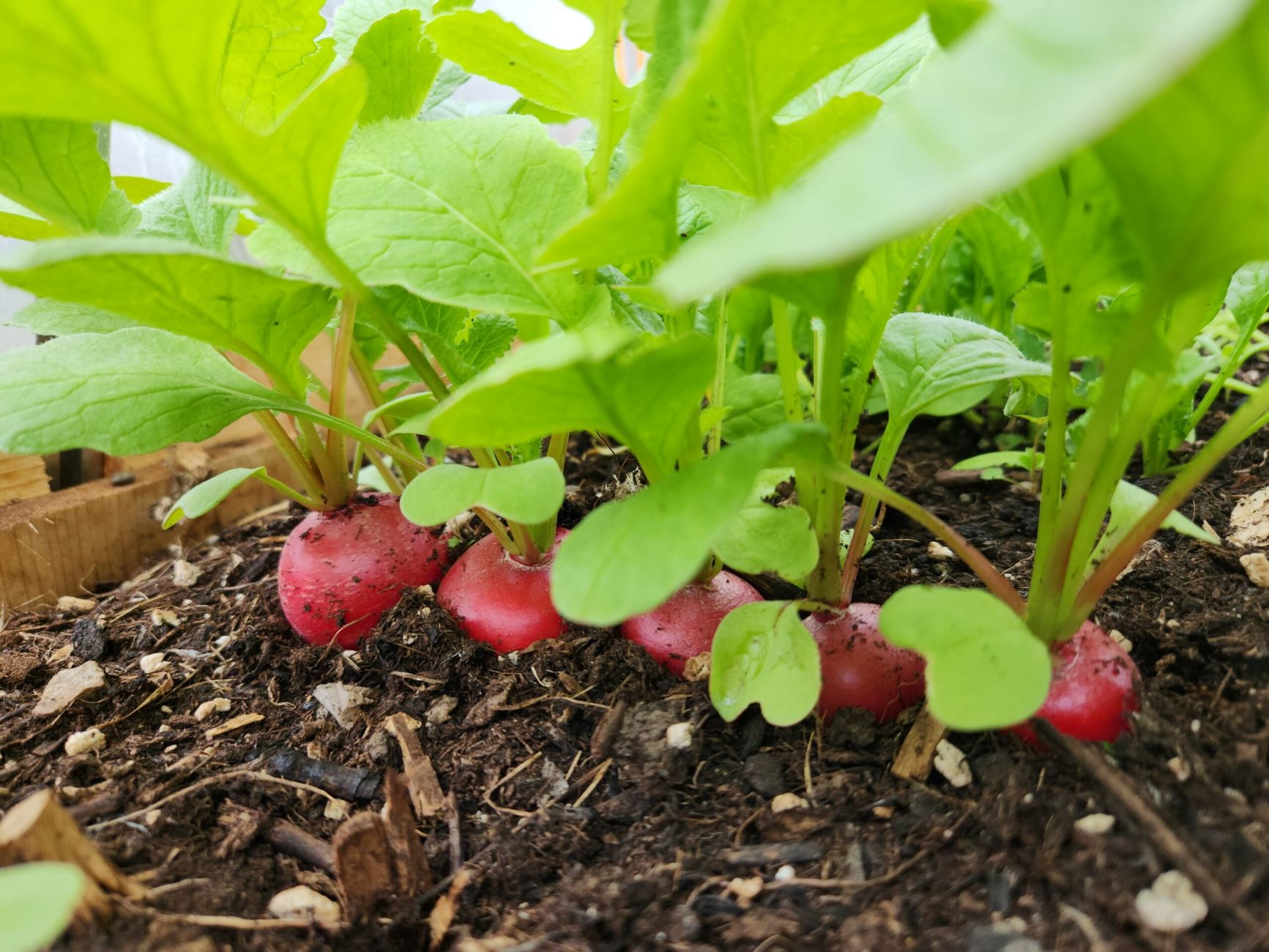
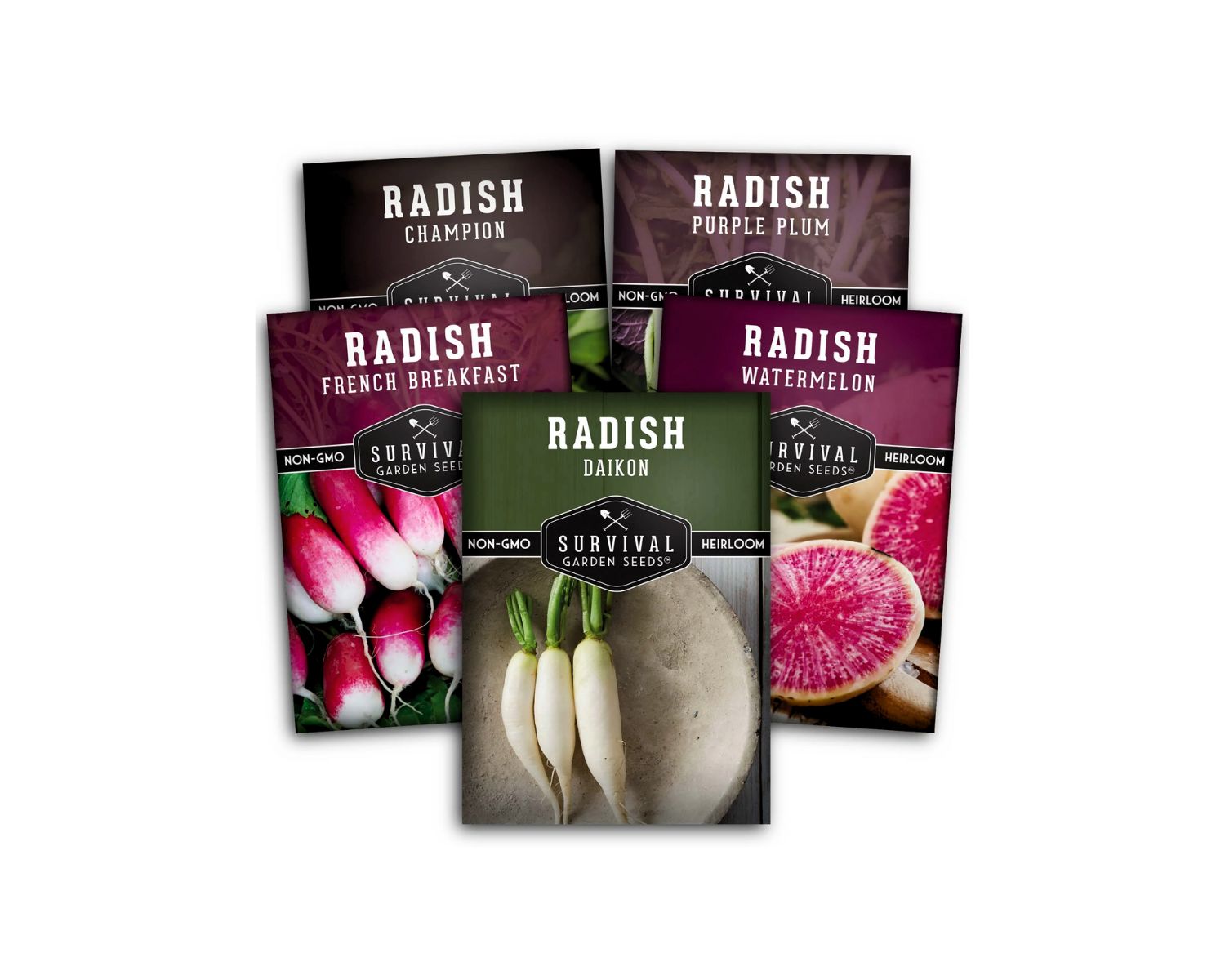
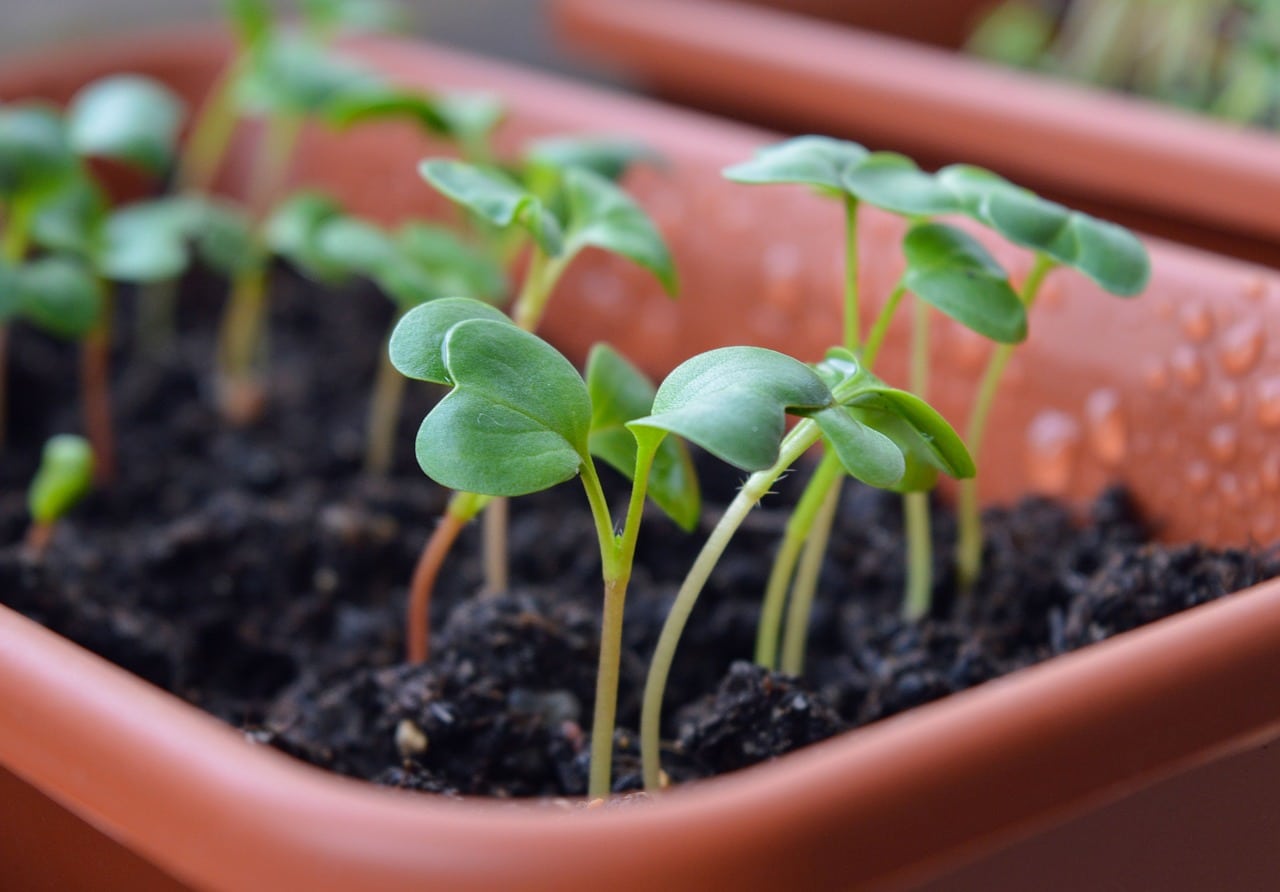
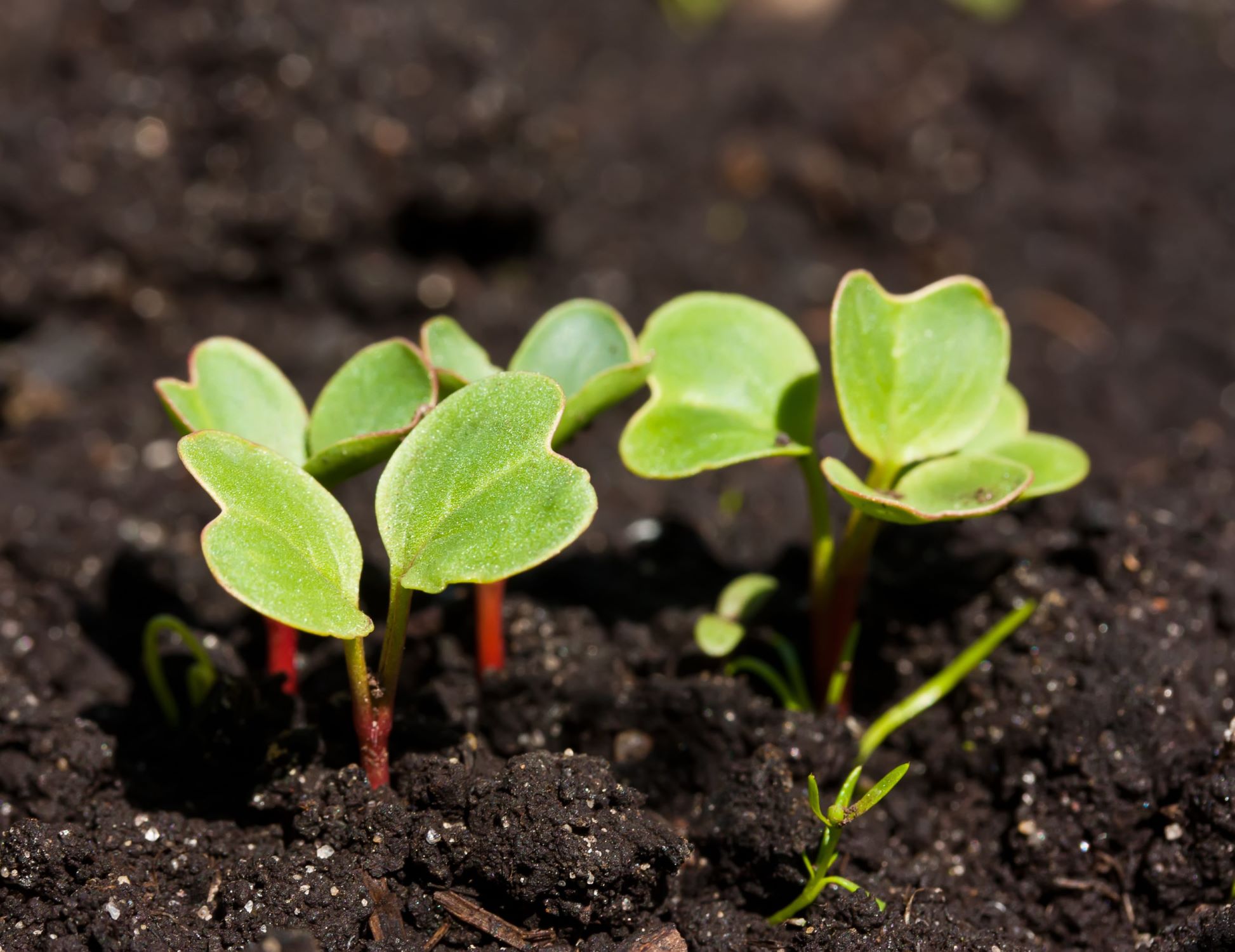
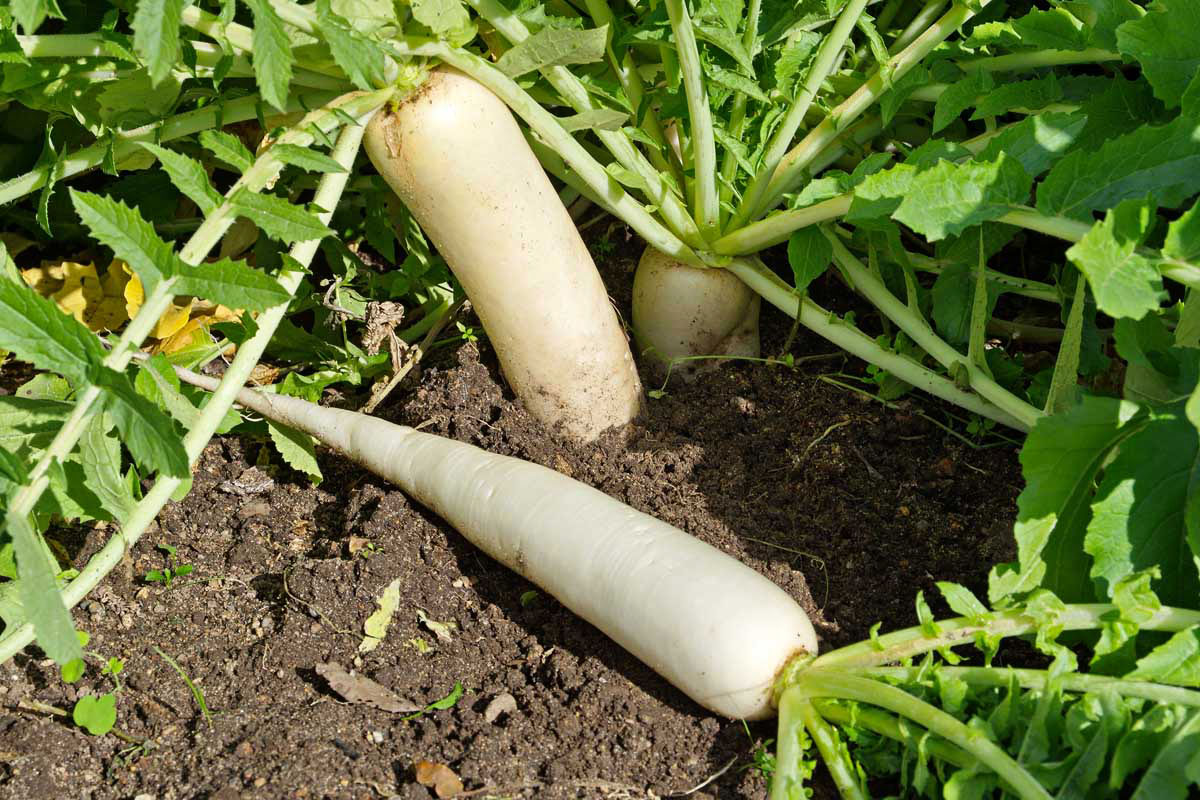
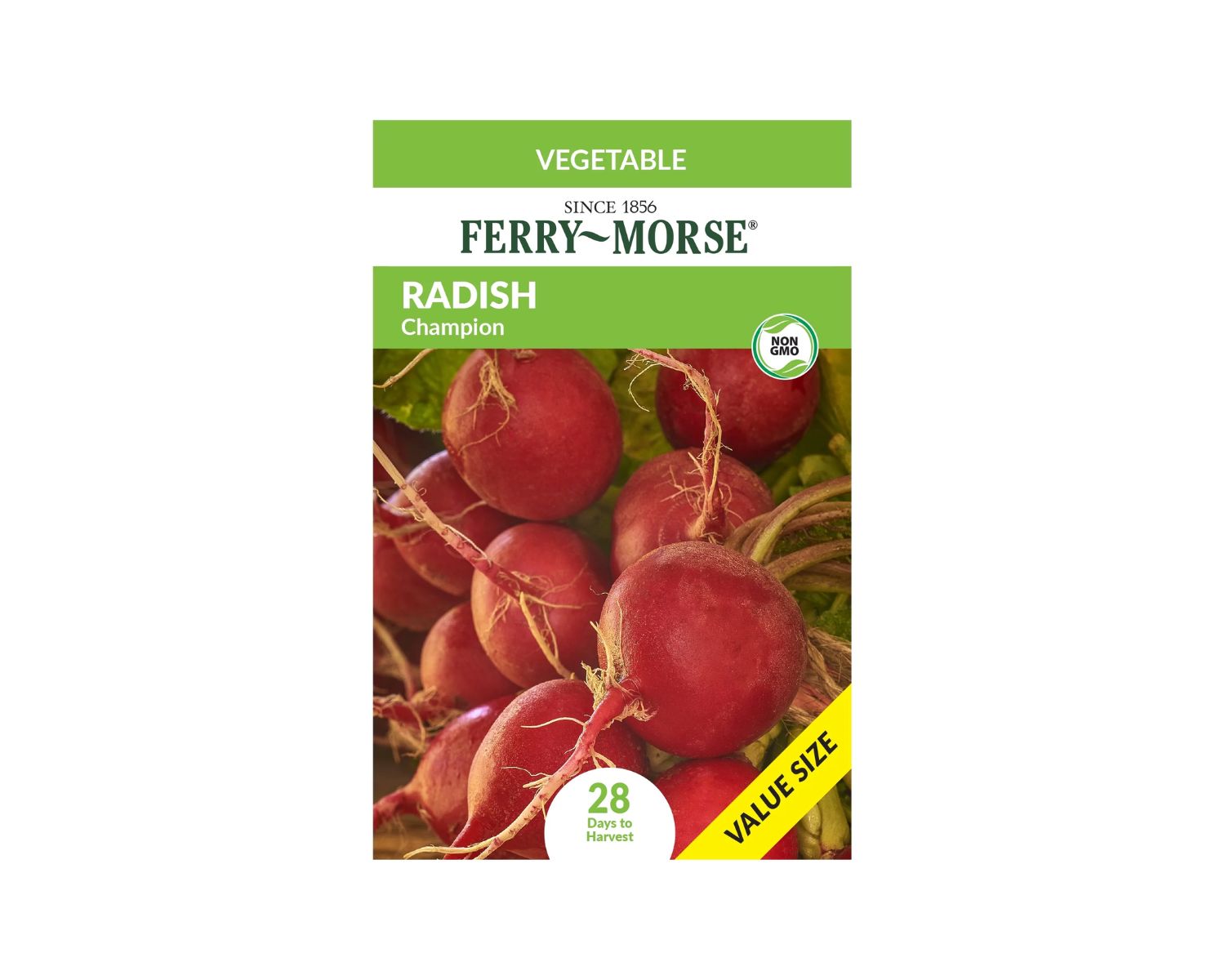
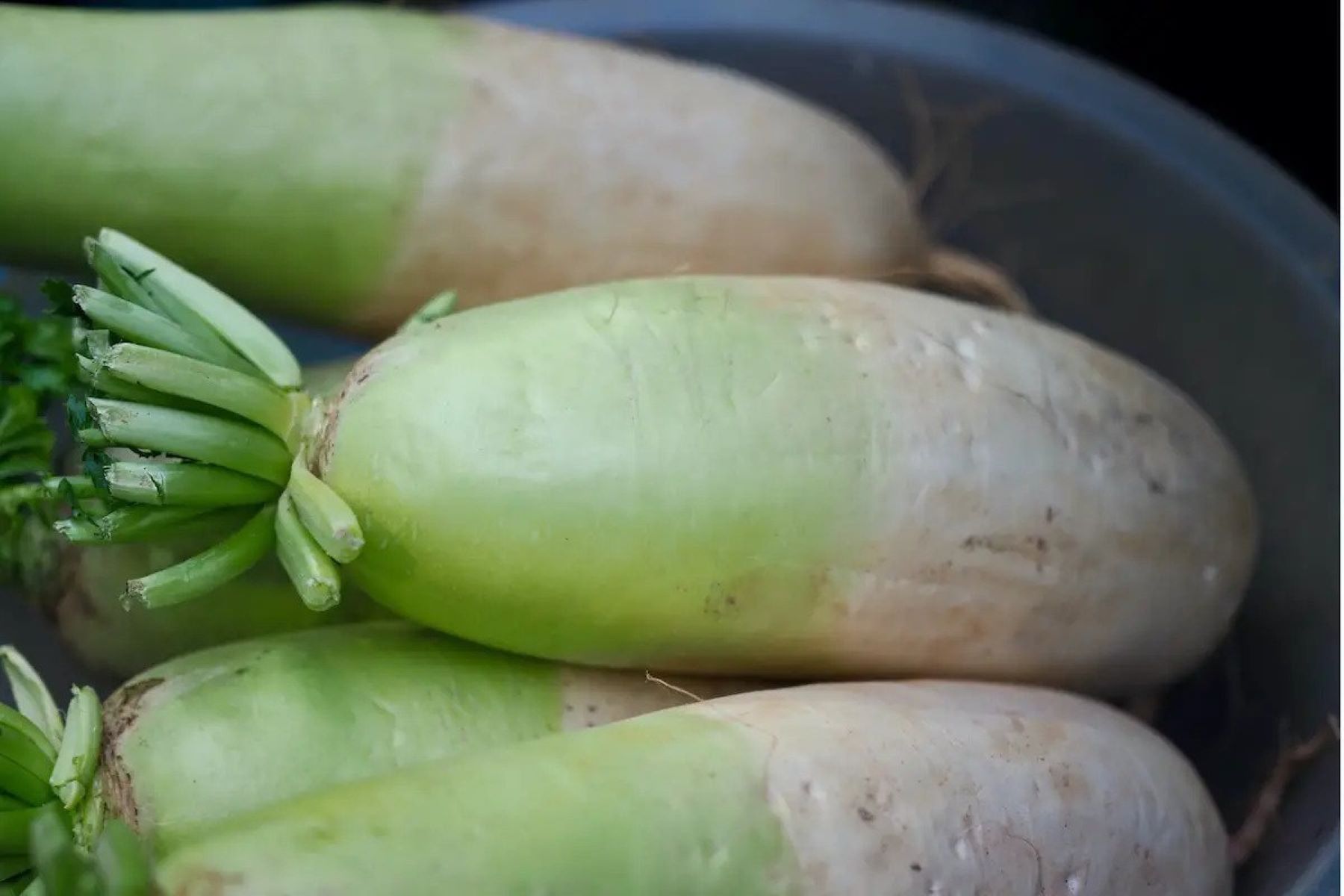


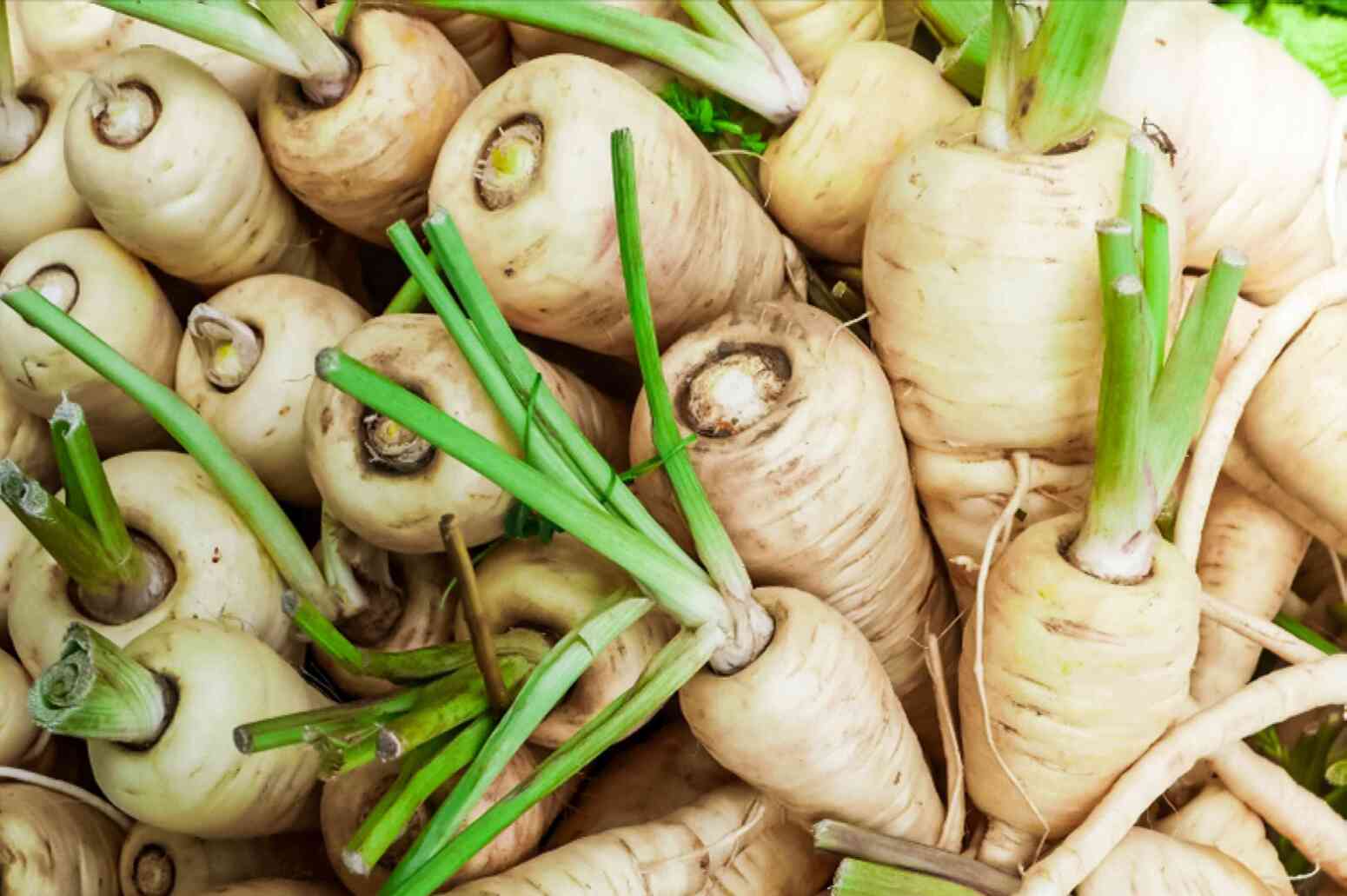
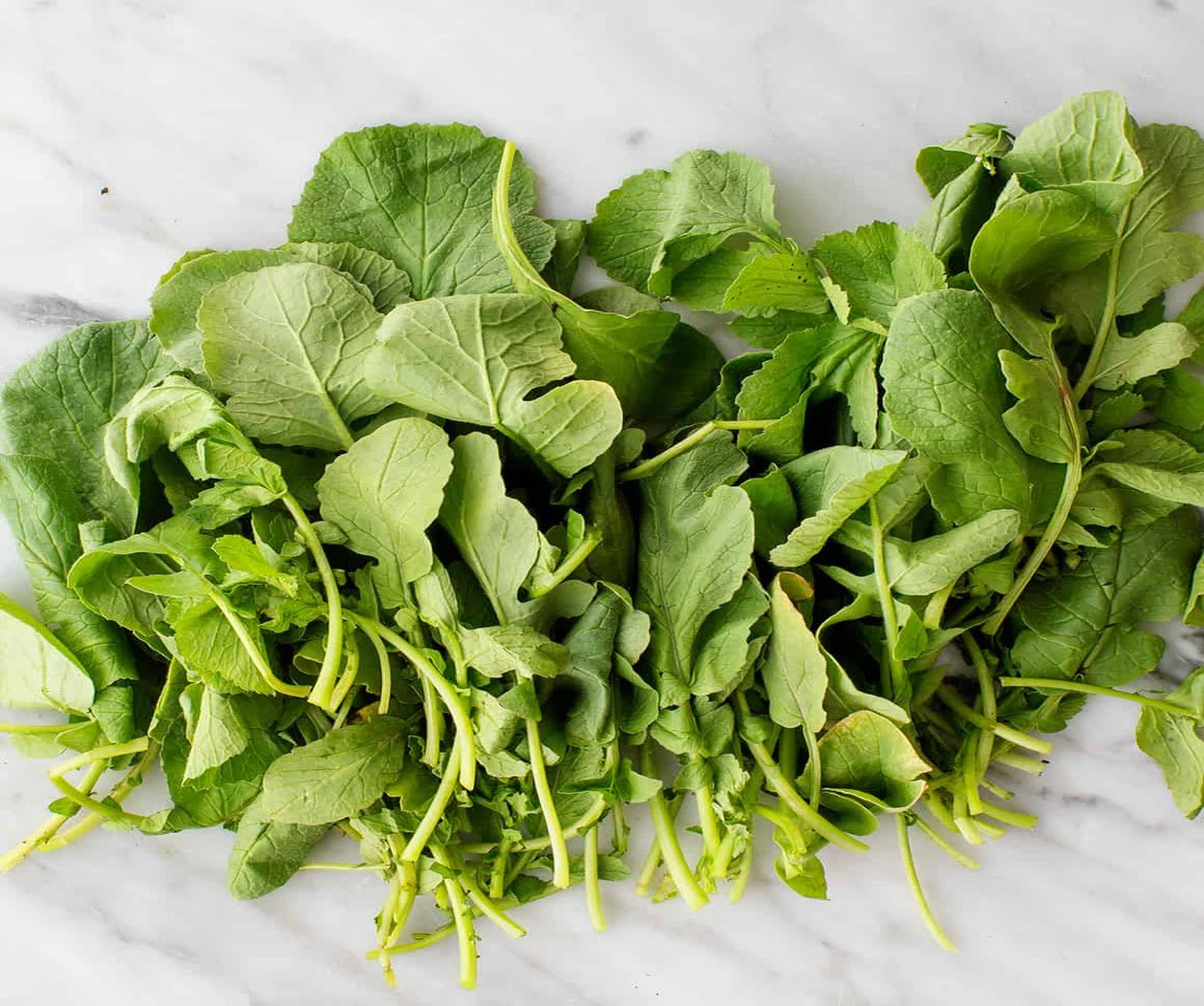
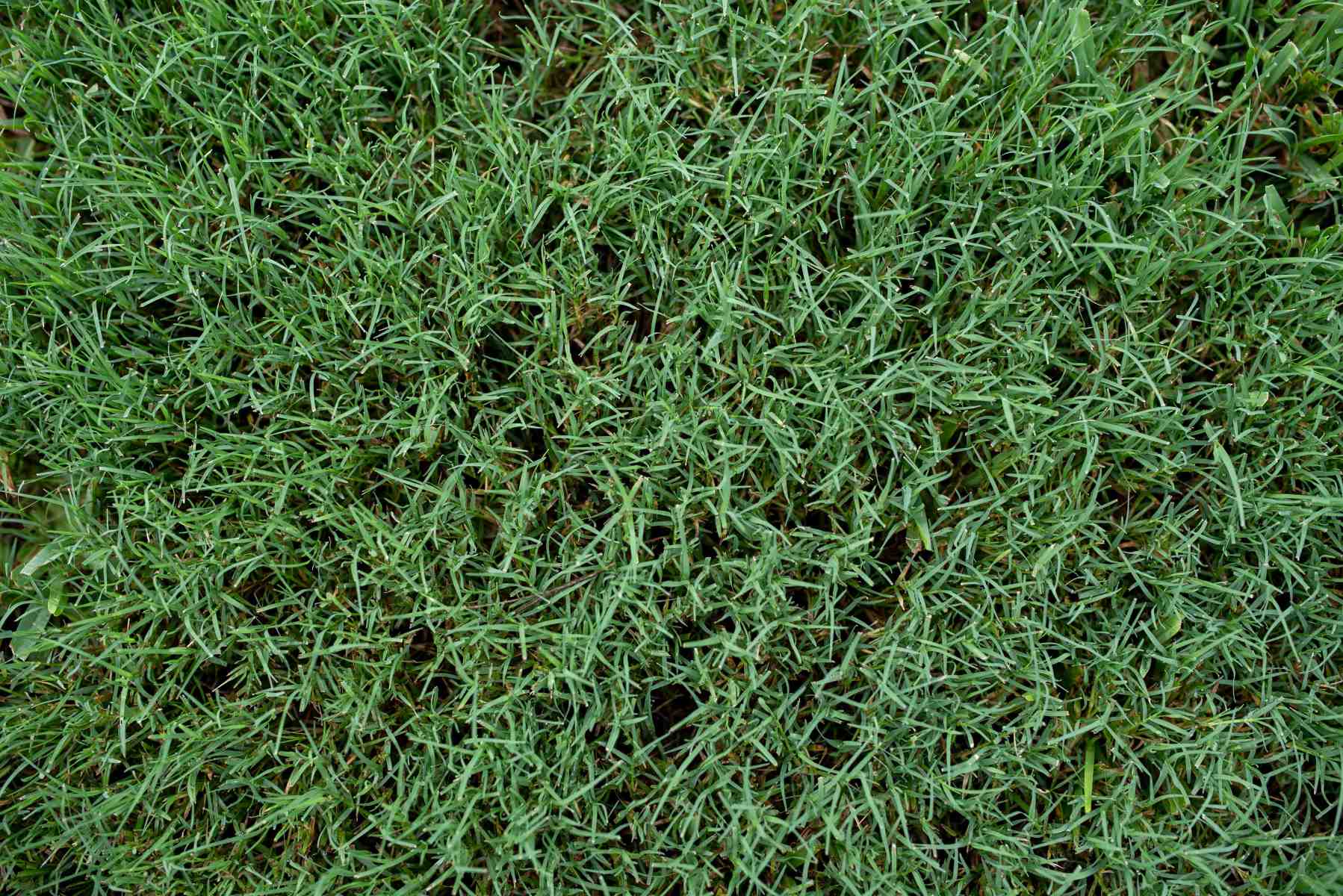
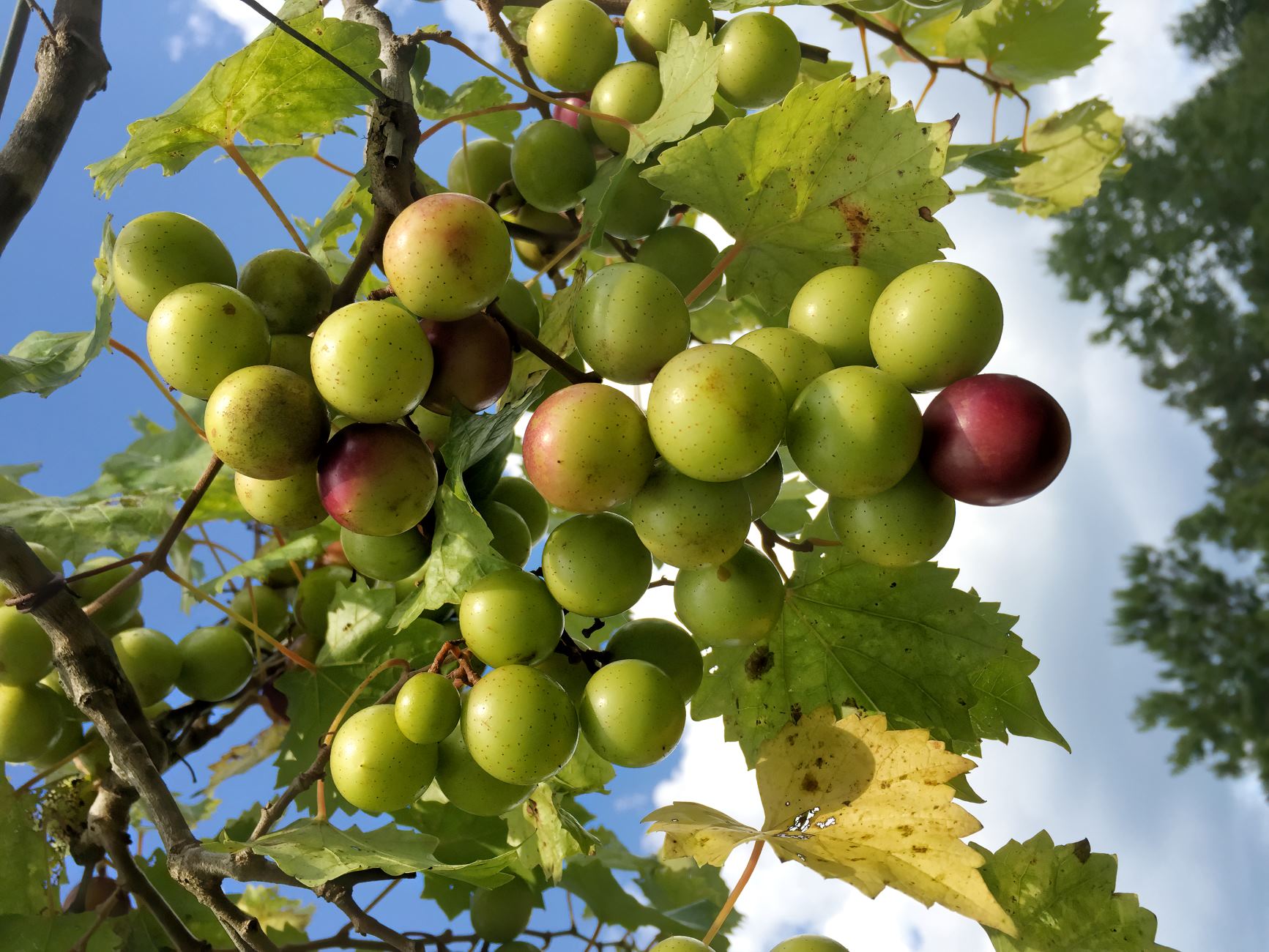
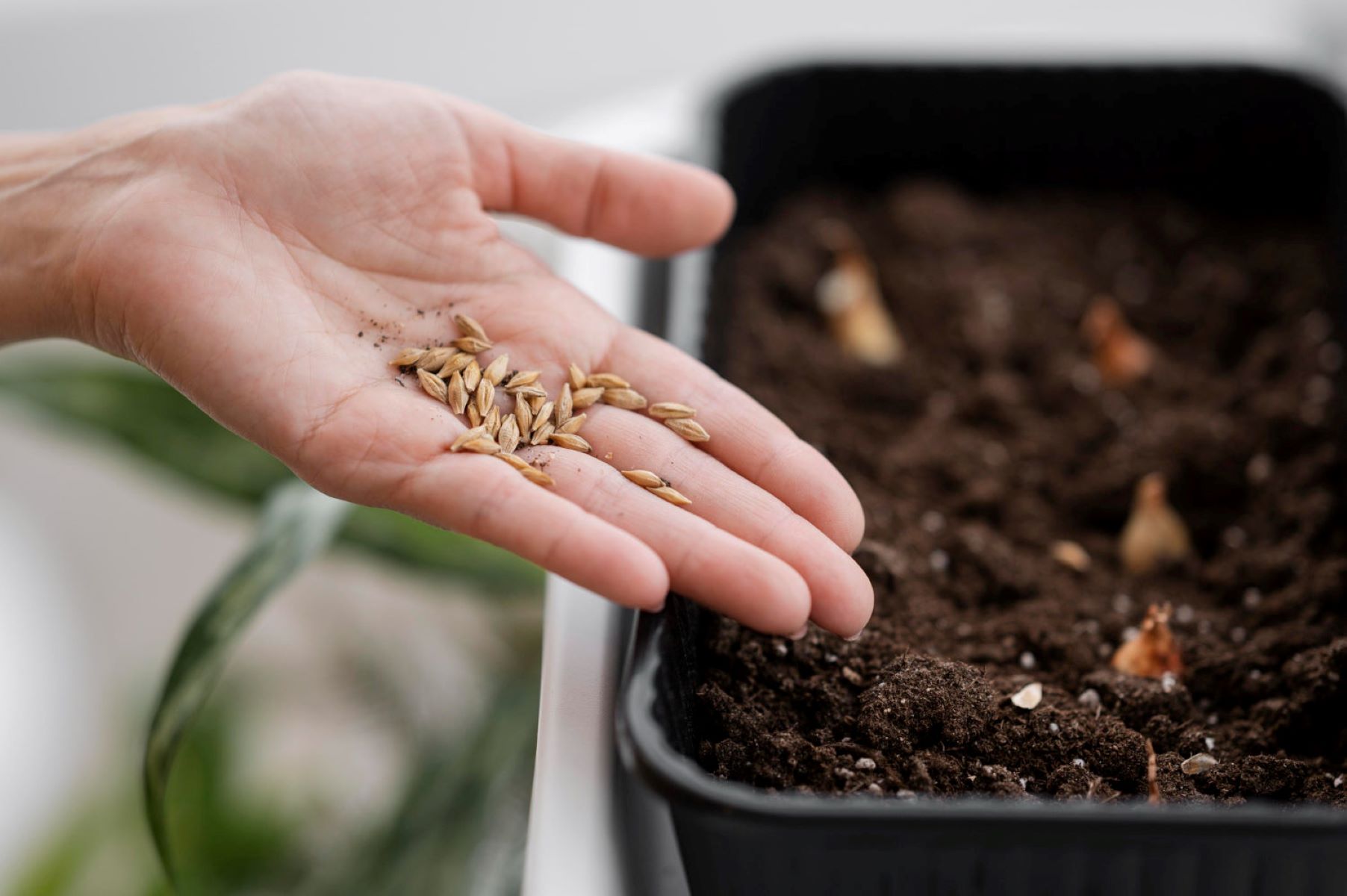

0 thoughts on “How To Plant Radish Seeds”